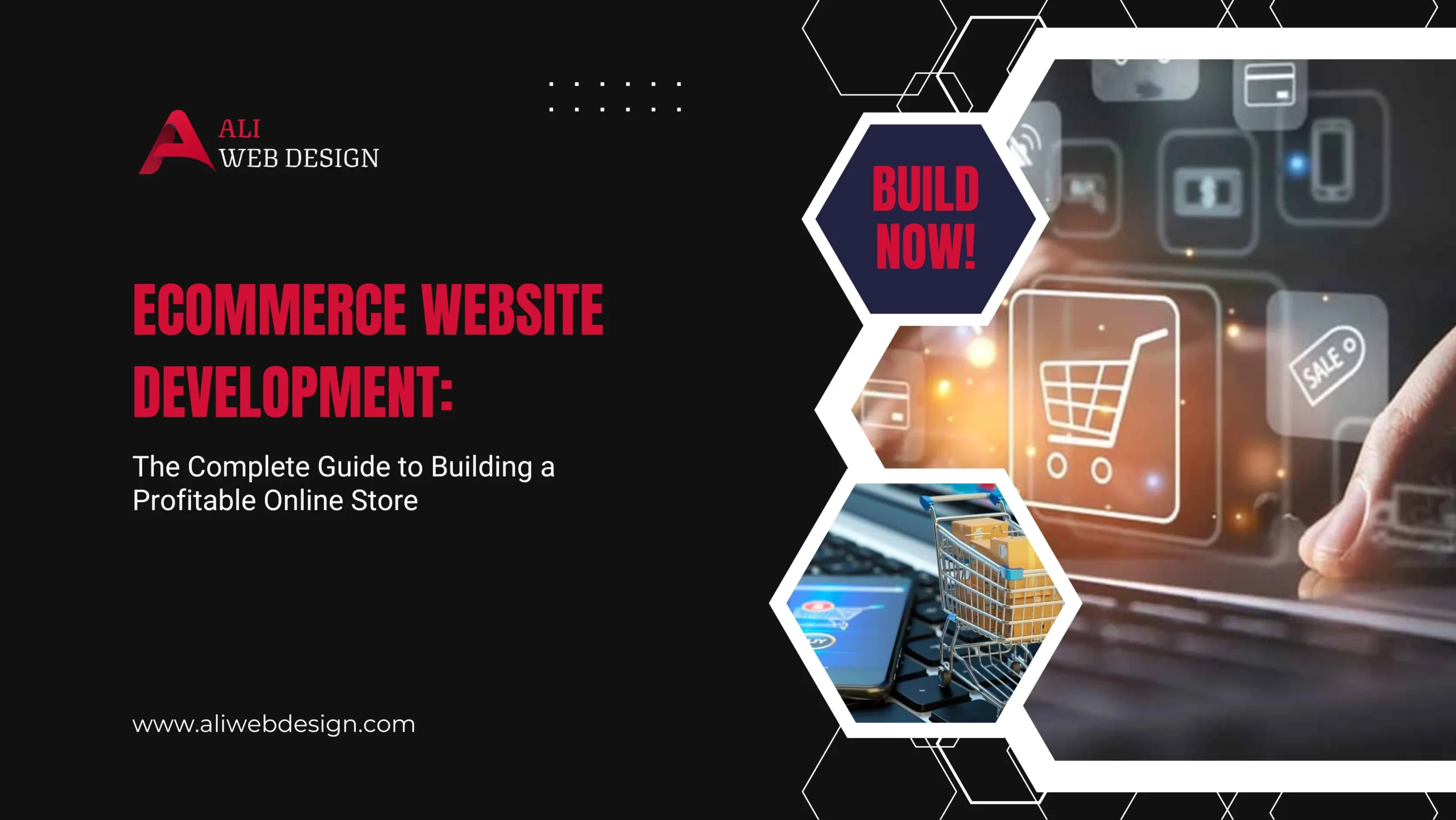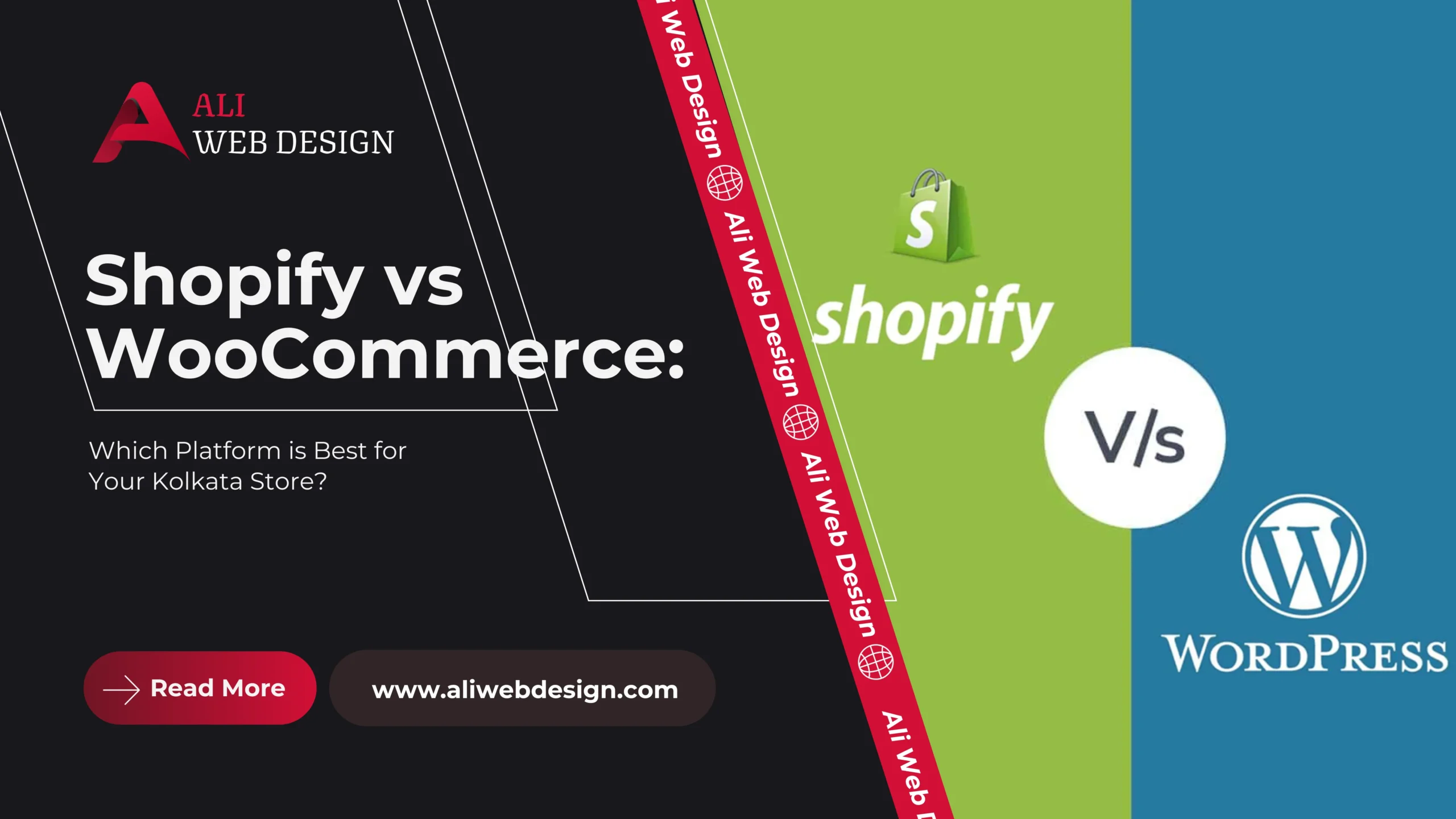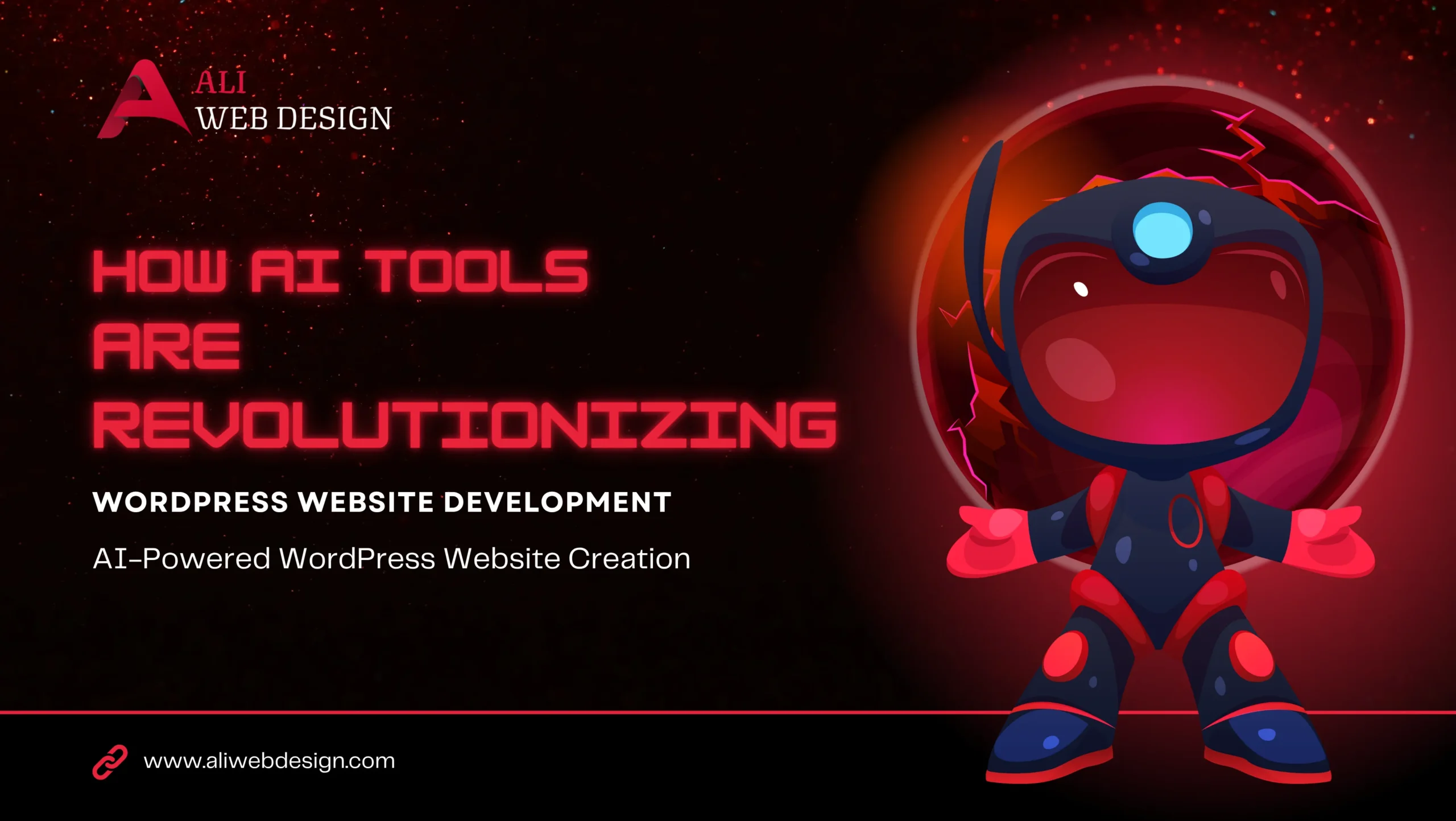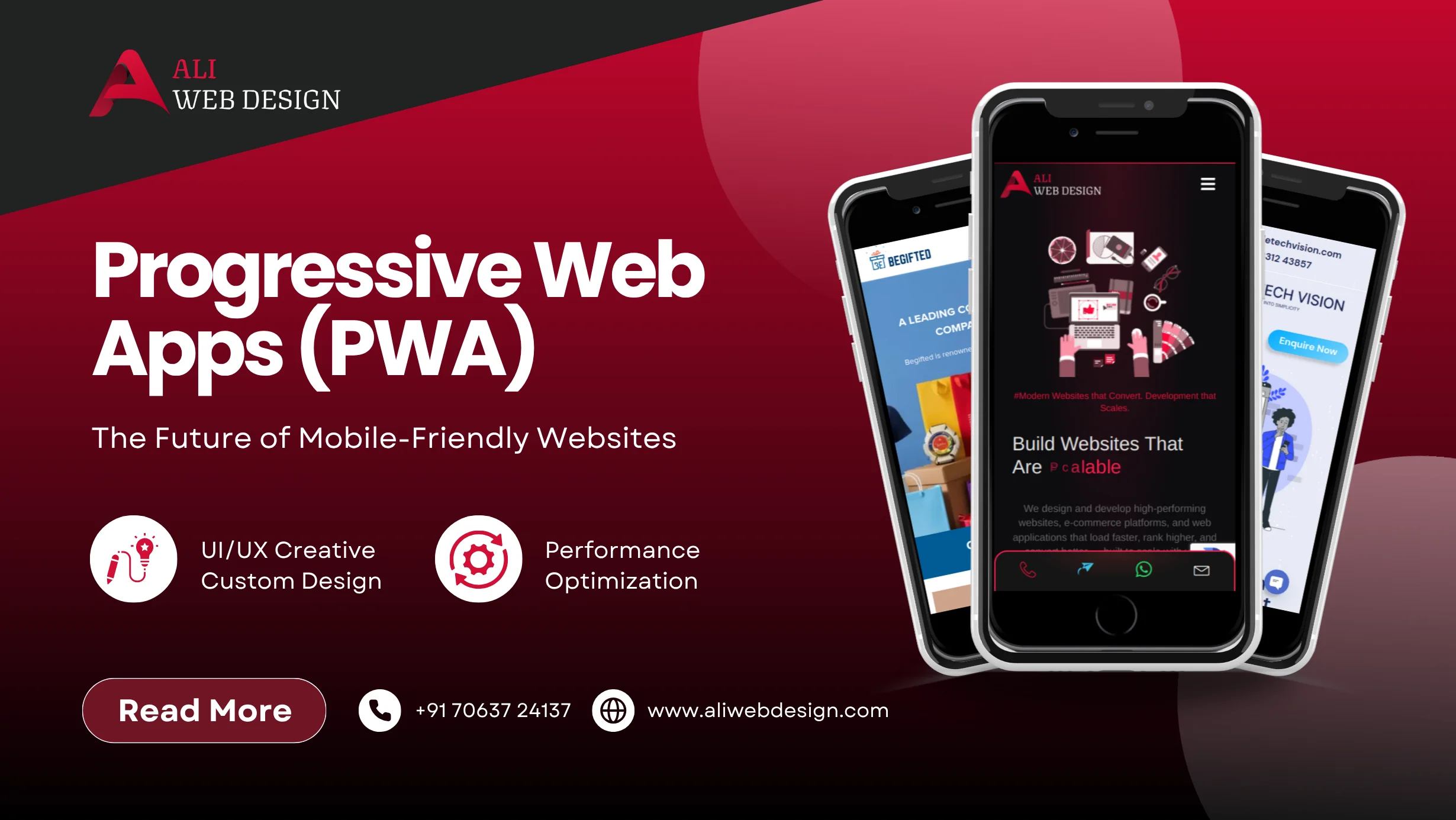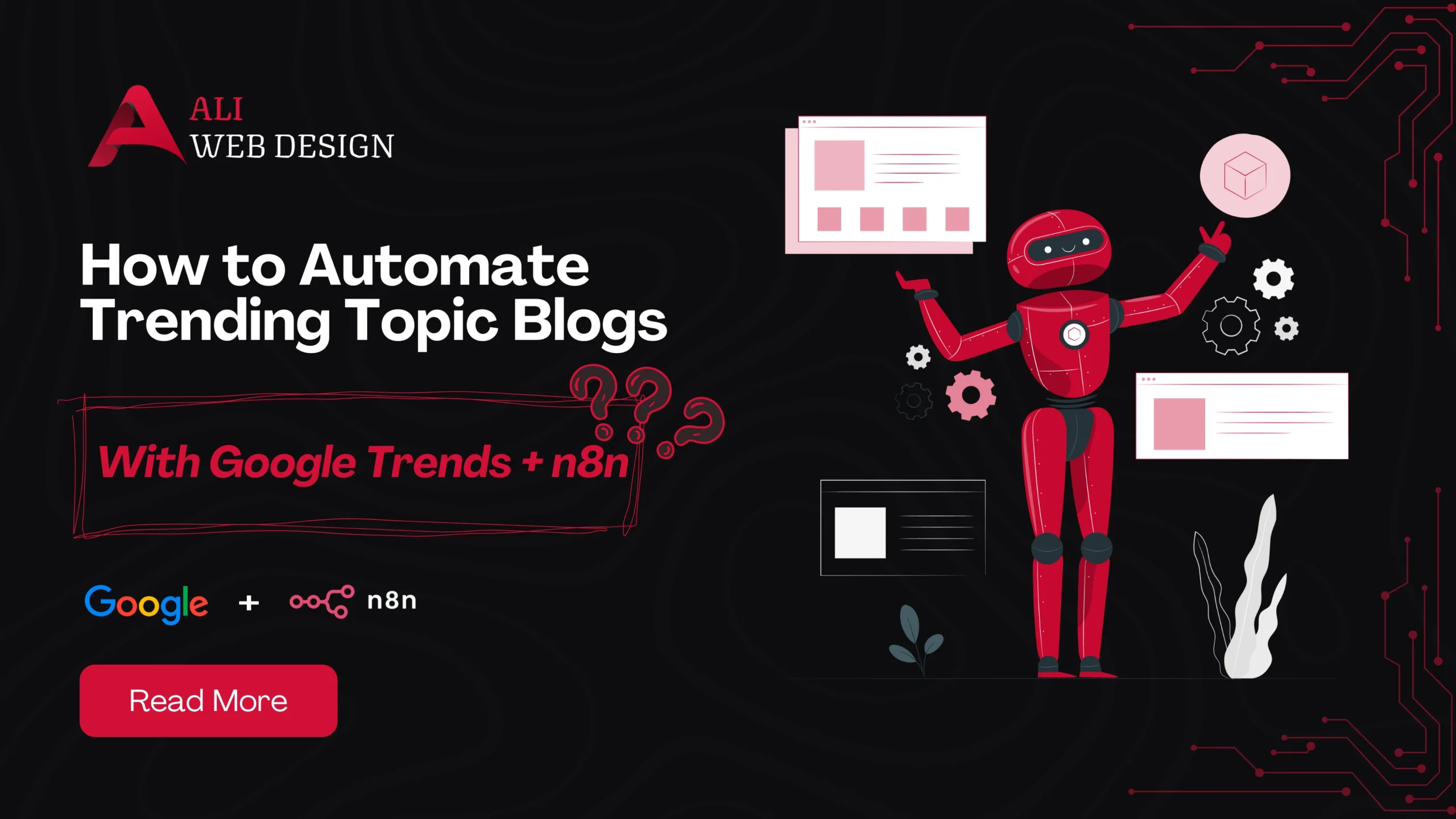Introduction to eCommerce Website Development
eCommerce website development is all about creating a digital storefront where customers can browse, purchase, and interact with your products or services. Unlike a physical store, your website is open 24/7, reaching customers worldwide. With the right strategy, tools, and design, an eCommerce website can become a powerhouse for generating revenue.
Importance of eCommerce in Today’s Digital World
The world is shifting online faster than ever. With smartphones in nearly every pocket and internet penetration growing daily, people now prefer shopping online rather than visiting physical stores. Traditional retail is not dead, but eCommerce is rewriting the rules. From groceries to luxury cars, everything is now available online. Businesses that don’t embrace eCommerce risk losing out to competitors who are just a click away.
Key Elements of a Successful eCommerce Website
A profitable eCommerce website isn’t just about flashy design. It needs to focus on performance and customer convenience.
- User-friendly design: Customers should find what they want without frustration.
- Mobile responsiveness: More than 60% of online sales come from mobile devices.
- Fast loading speed: A one-second delay can reduce conversions by 7%.
- Secure payment gateways: Build trust by ensuring safe transactions.
Choosing the Right eCommerce Platform
Selecting the right platform is like choosing the foundation for your house.
- Shopify: Great for beginners and startups with easy-to-use features.
- WooCommerce: A WordPress plugin, flexible and cost-effective.
- Magento: Best for large businesses needing advanced functionality.
- Custom-built solutions: Tailored platforms for unique business needs.
Essential Features Every eCommerce Website Must Have
Without these core features, your store will struggle:
- Detailed product pages and categories
- Smooth shopping cart system
- Easy and secure checkout process
- Multiple payment options
- Customer account dashboards for tracking orders
The Role of UI/UX in eCommerce
Think of your website as a virtual shop. If it’s messy and hard to navigate, customers walk away. A clean design, easy navigation, and clear product display can drastically improve sales. Remember, first impressions matter online more than anywhere else.
Mobile Commerce (mCommerce)
More people shop via mobile than desktop today. A mobile-first design ensures your store works seamlessly on smaller screens. For some businesses, building a dedicated app provides even greater engagement.
Security in eCommerce Website Development
Security isn’t optional—it’s essential. Shoppers won’t trust your site without visible safety measures.
- SSL certificates protect user data
- Encryption ensures sensitive info isn’t stolen
- PCI compliance keeps payment data safe
SEO for eCommerce Websites
Without SEO, even the best-looking store can remain invisible.
- Optimize product titles, descriptions, and images
- Improve site speed and crawlability
- Use schema markup to show rich results in Google
- Focus on keyword-rich but natural product descriptions
Integrating Third-Party Tools and Plugins
eCommerce thrives on integrations:
- Payment gateways like PayPal or Stripe
- Shipping APIs for real-time delivery tracking
- CRM tools for better customer relationship management
- Marketing automation for email campaigns and retargeting ads
Customization and Scalability
Start small but plan big. Using customizable platforms allows you to expand features as your business grows. Avoid cookie-cutter templates if you want a brand identity that stands out.
Cost of eCommerce Website Development
The price varies based on features, design complexity, and platform choice. A basic store may cost a few hundred dollars, while enterprise-level solutions can run into thousands. Always budget for ongoing maintenance and marketing, not just development.
Common Mistakes in eCommerce Development
Even big brands slip up. Avoid these common pitfalls:
- Neglecting mobile shoppers
- Complicated checkout with too many steps
- No customer support or chatbot assistance
- Poor product descriptions and images
Future Trends in eCommerce Website Development
The future is exciting:
- AI-driven personalization: Showing products based on browsing history
- AR/VR shopping: Virtual try-ons for clothes or furniture
- Voice commerce: Shopping with Alexa or Google Assistant
Conclusion
eCommerce website development is more than coding—it’s about building a seamless shopping experience that wins customer trust and encourages repeat purchases. With the right platform, features, and design, your online store can become your most valuable asset in today’s digital-first economy.
FAQs
Depending on complexity, it can take 2 weeks for a simple store and several months for an advanced one.
Shopify is beginner-friendly, while WooCommerce offers more flexibility and lower costs if you already use WordPress.
Anywhere between ₹20,000/- and ₹50,000/- +, depending on features and scale.
Focus on secure checkout, mobile responsiveness, and clear product pages before adding extras.
Yes, with the right platform, you can add features, expand products, and integrate advanced tools as your business grows.
For any Web Development projects, Contact Us

